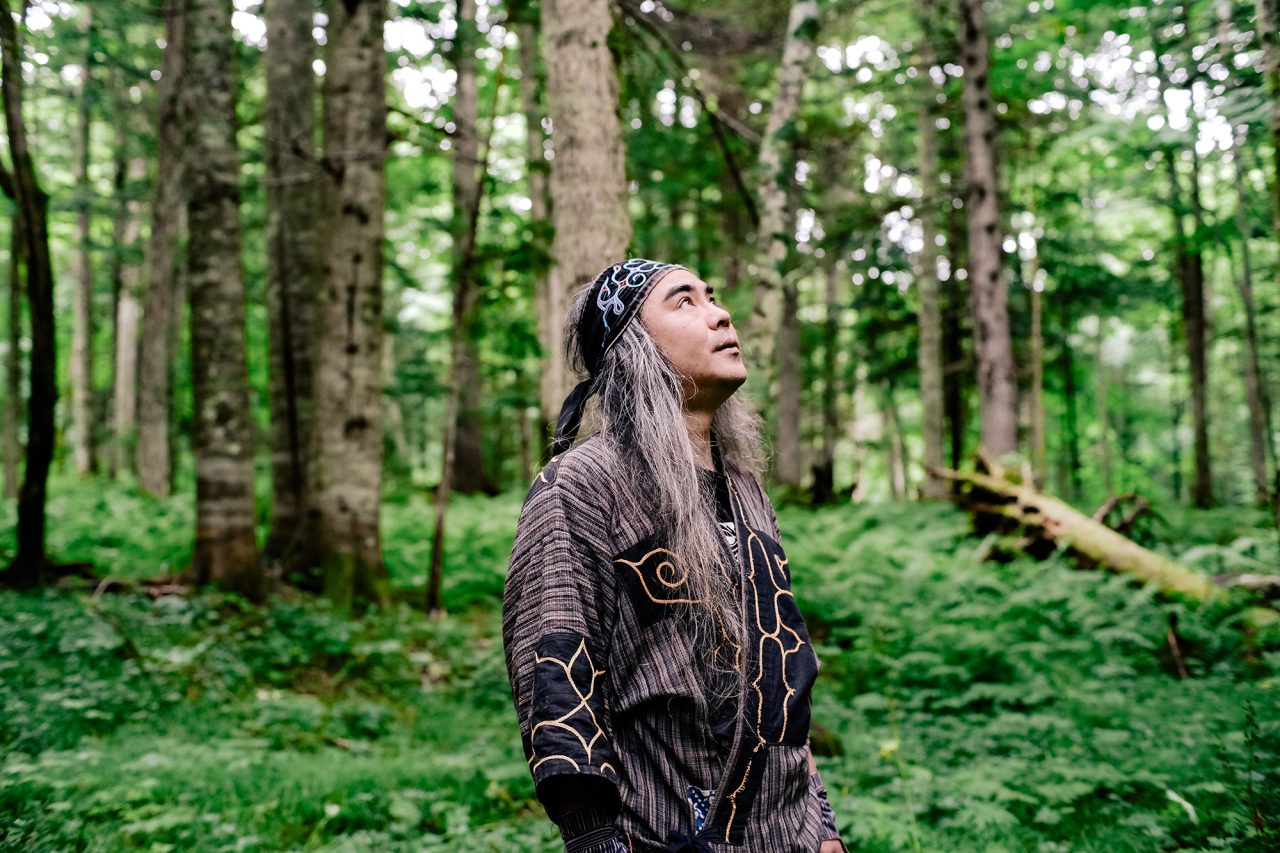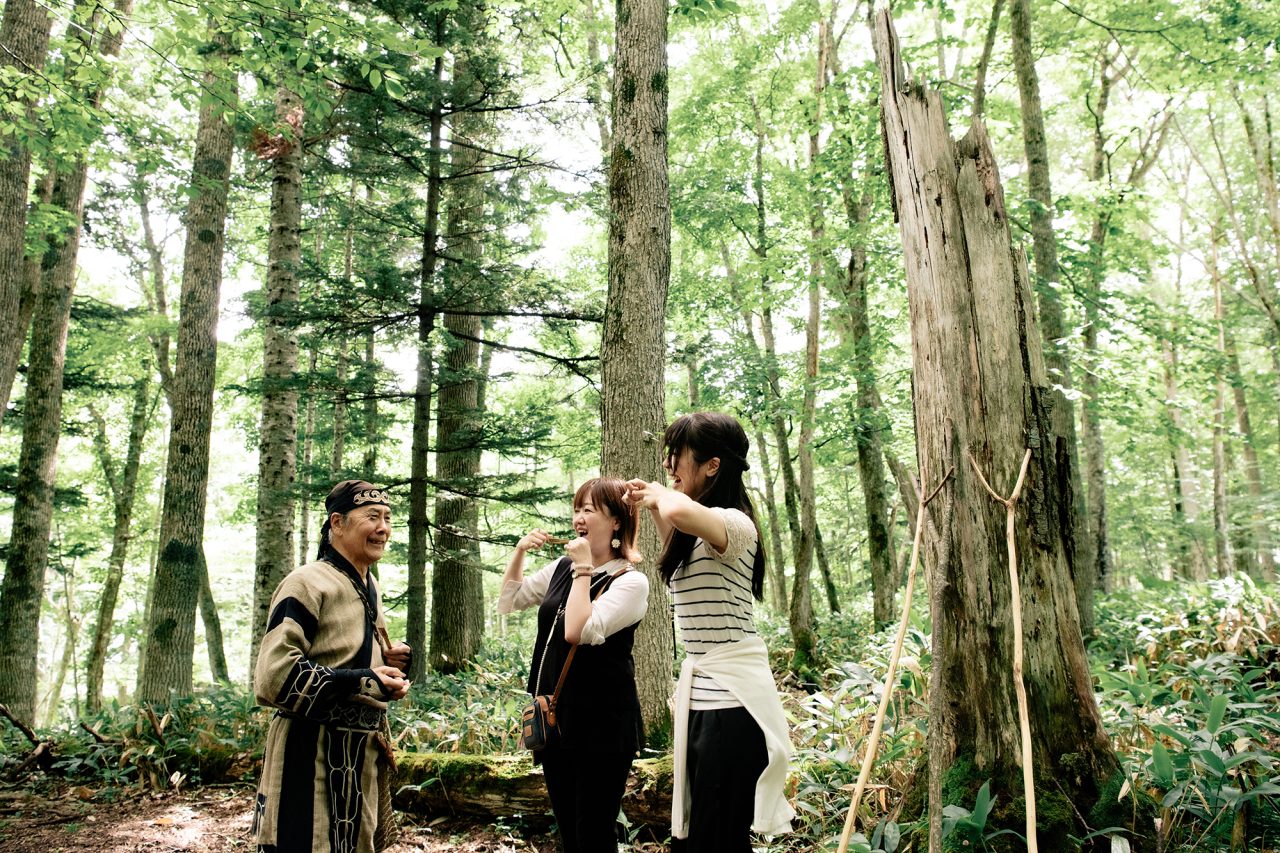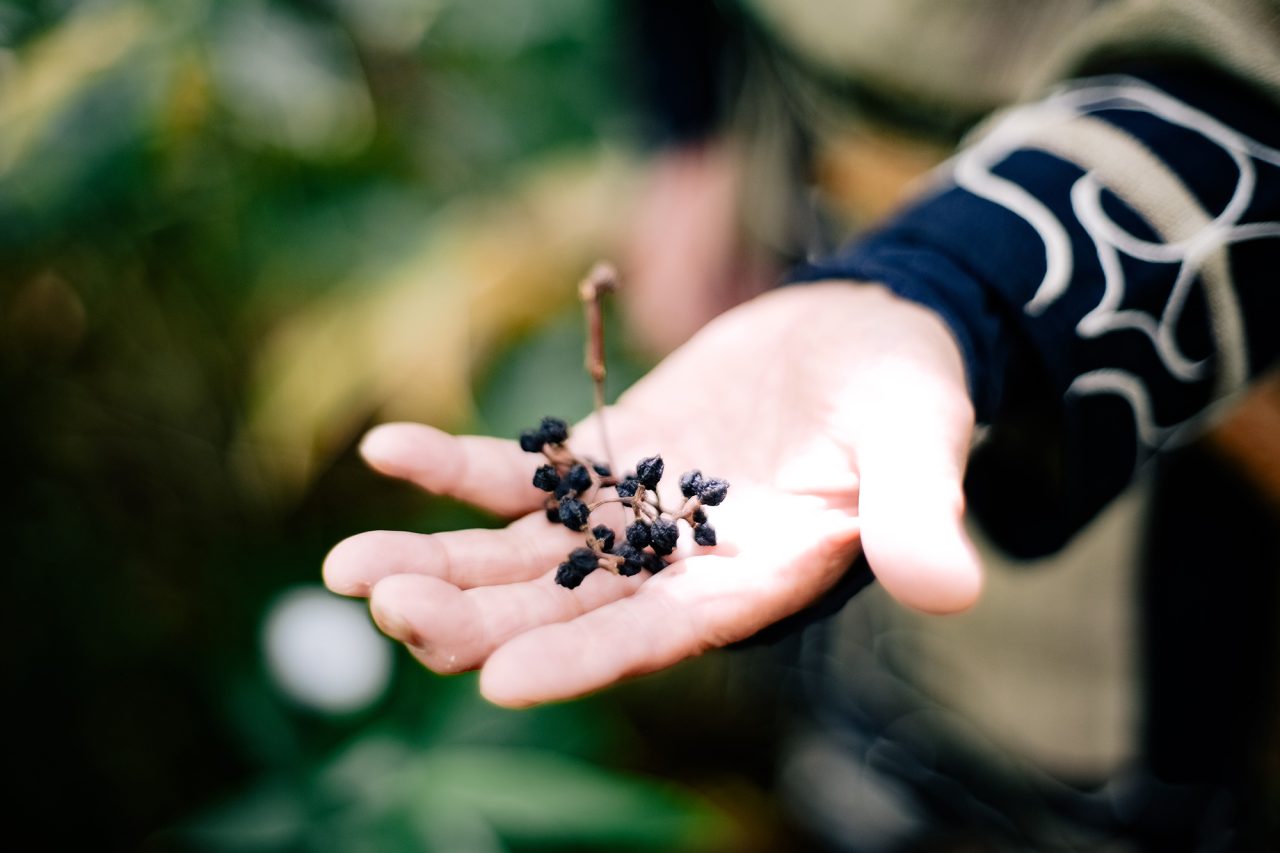Anytime, Ainutime!
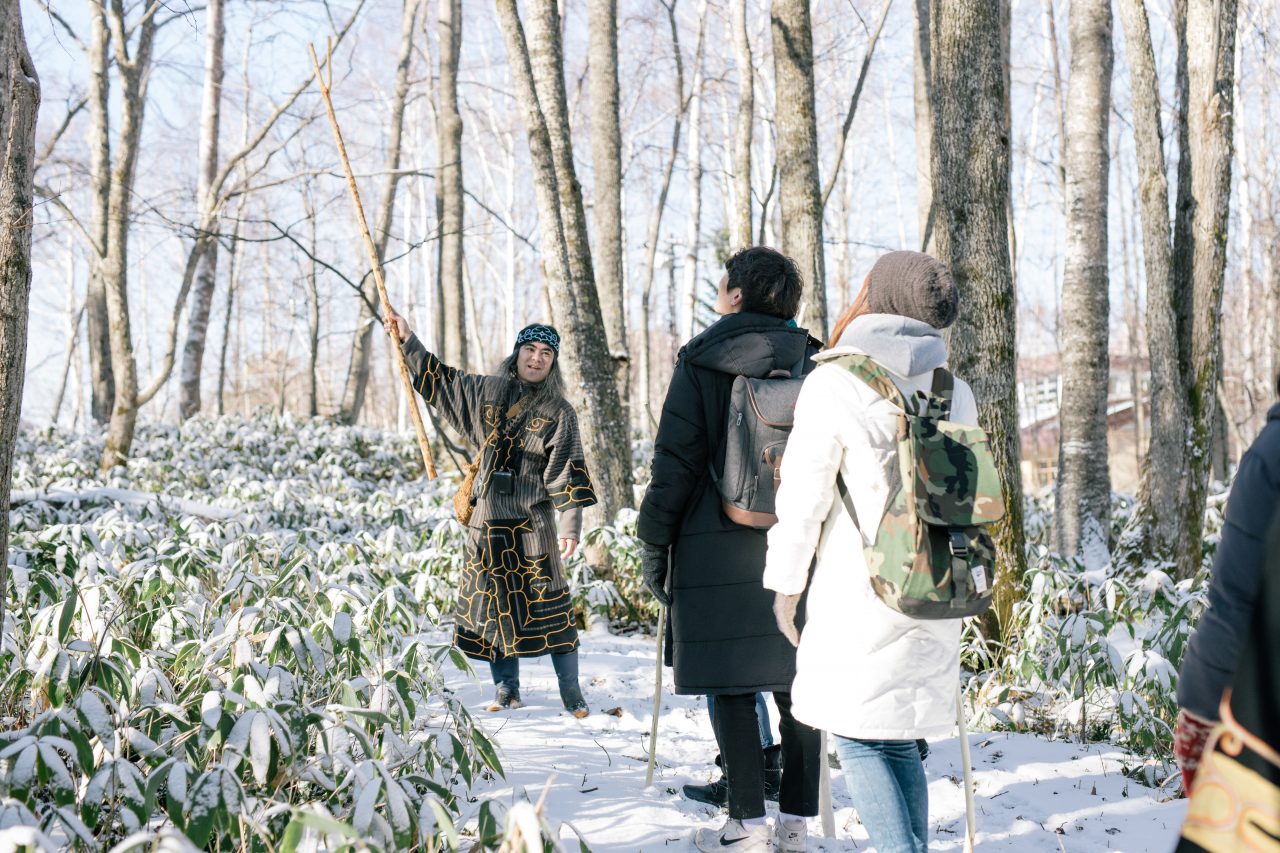
Surrounded by virgin forests inside the Akan Mashu National Park, Lake Akan is one of the most beautiful lakes in Eastern Hokkaido. Situated on its shore is Akanko Onsen, a hot spring district with several hotels, and a popular sightseeing area.
Akanko Onsen is home to the Lake Akan Ainu Kotan, a village of arts and crafts built by the Ainu natives of Japan. It is a place that conveys the culture of the Ainu, with several Ainu handicraft shops and food establishments standing lined up along the road.
Anytime, Ainutime! offers guided tour programs led by Ainu guides (and Lake Akan Ainu Kotan residents), featuring activities such as nature walking and traditional handicraft making.
The Ainu live a lifestyle that values the relationship between people, objects, and nature. They communicate with the surrounding nature when they gather plants for food, and they think of a special person when they create wood carvings and embroidery patterned on nature. Anytime, Ainutime! aims to convey this wonderful culture by letting you experience it firsthand.
From the knowledge and the way of life of the Ainu, we hope that you can discover useful life lessons that will stay with you long after your journey ends.
Get to know the Ainu culture in Lake Akan
The word “Ainu” means “human” in the Ainu language. This is in contrast to the divine spirits called “kamuy” whom the Ainu believe to reside in everything, including animals, plants, and natural phenomena, as well as objects essential to human life, and things beyond human understanding.
The phrase “Ainu neno an Ainu” means “human-like human”. In this deeper sense, the word “Ainu” can signify “a life born on this earth who strives to live virtuously in co-existence with the kamuy”.
Let’s take a closer look at the valuable culture and way of life of the Ainu.
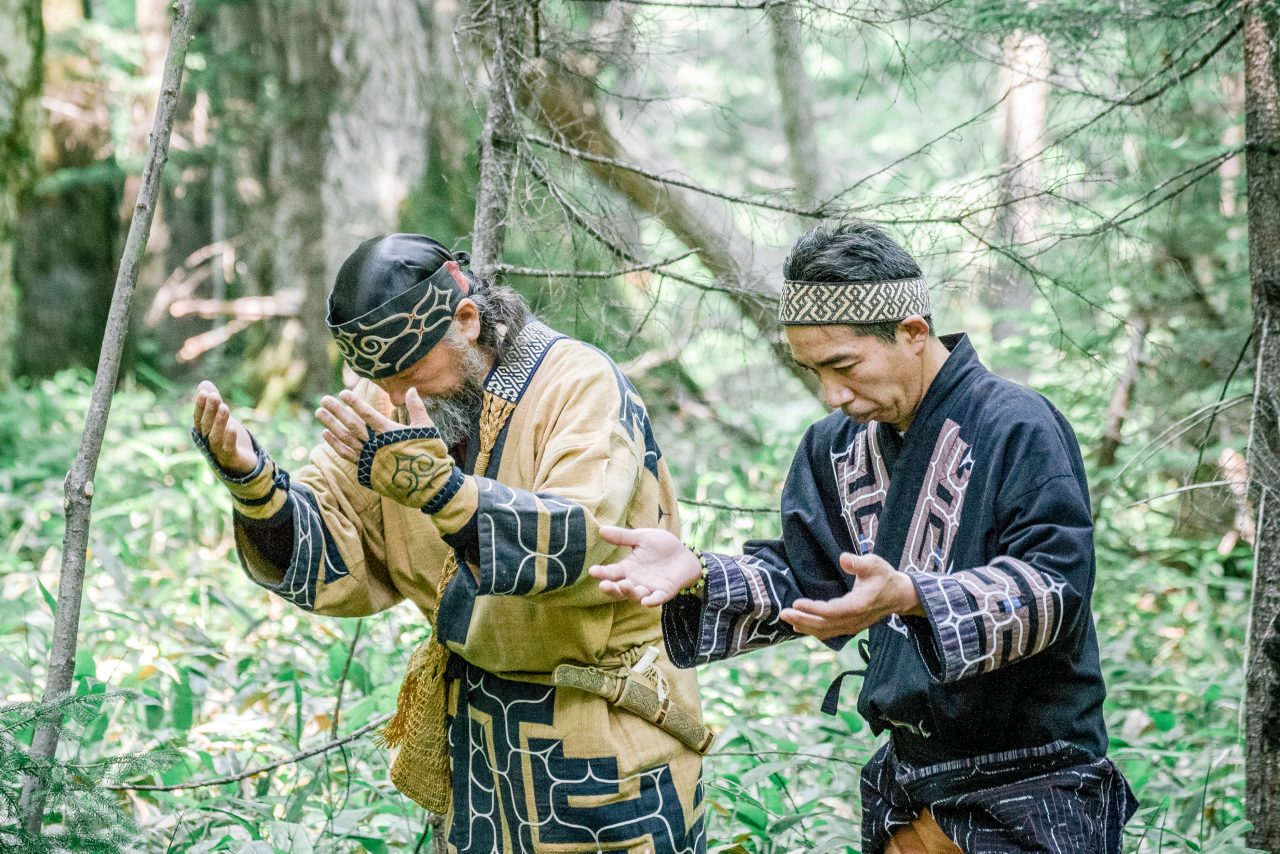
Using the hot spring of Lake Akan to make clothing
The Ainu used the hot springs of Akan to make “attus”, a traditional garment made of plant fibers. The forests in the area were abundant in lobed elm trees which were the source of the fibers for attus. They took the inner layers of the tree bark and soaked in the hot spring water to soften it, making it easier to split into strands. They then joined the strands together to form thread, which is woven with a loom into cloth that is used to make the garment.

Ainu cuisine brings out the natural flavors of ingredients
In the lake and the surrounding forest, the Ainu hunted deer and caught fish such as salmon, dace, and huchen. They also gathered wild plants like alpine leeks, wind flowers, and heartleaf lily roots. It was their rule to take only what they needed, and to avoid taking too much from one place. They used the fish or deer meat and starch from the roots to make dumplings which they dried and smoked above a hearth inside their traditional dwellings called “cise”.
Their central dish was a soup called “ohaw”, made by boiling fish or meat with various vegetables, and flavored with animal or fish fat. This was typically served together with a porridge called “sayo”. Ainu food was seasoned simply to bring out the actual flavor of the ingredients.
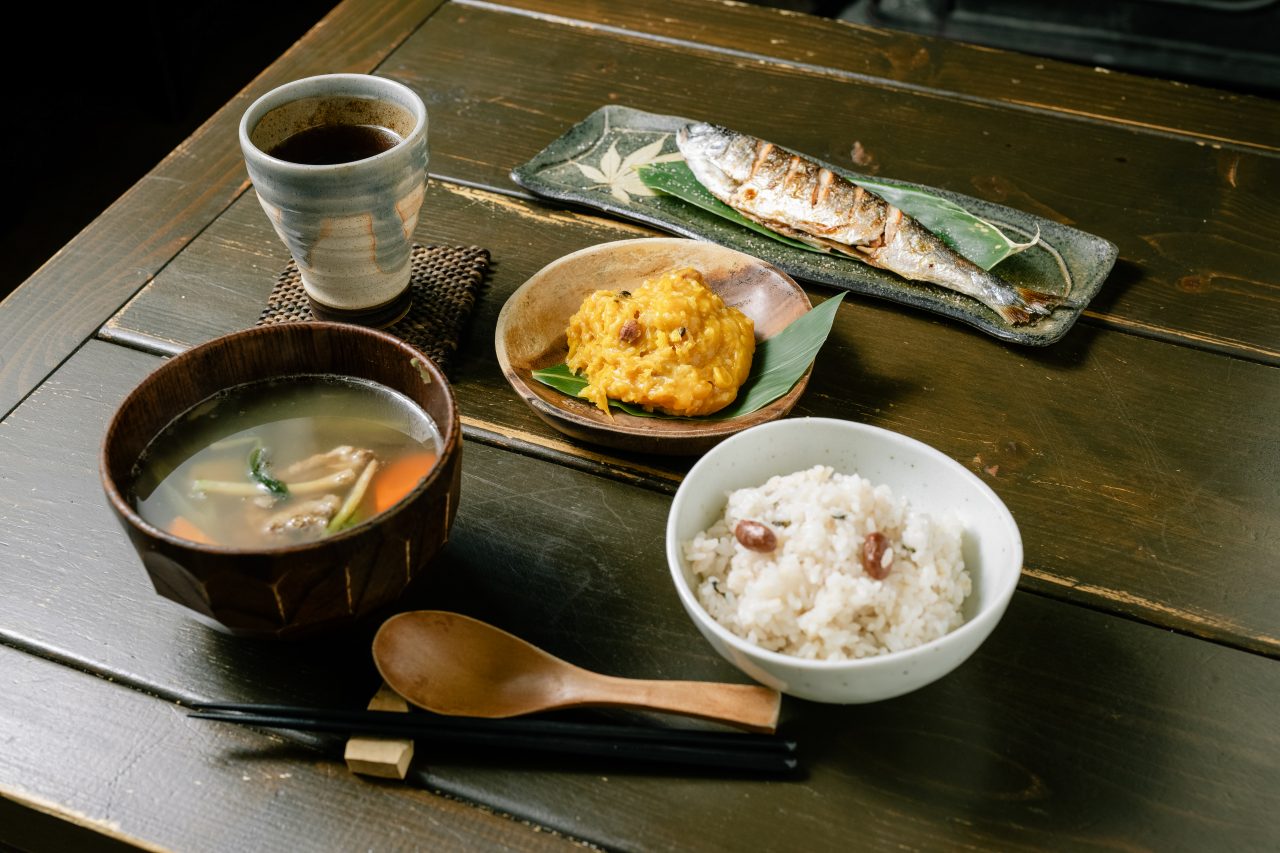
A faith that is integral to their way of life
To the Ainu, hunting and gathering was a way of welcoming the kamuy who have visited the human world. The animals they hunt are important guests from the kamuy, so they rejoice in their arrival and offer them prayers and lavish gifts, before sending them back to the heavens.
It was not only animals that the Ainu sent back to kamuy-mosir (the spirit world), but also the tools they used in their daily lives. When the tools broke or became worn out, their kamuy returned to kamuy-mosir, only to return again as new tools. It can be said that the Ainu way of life is inseparable from the Ainu faith.
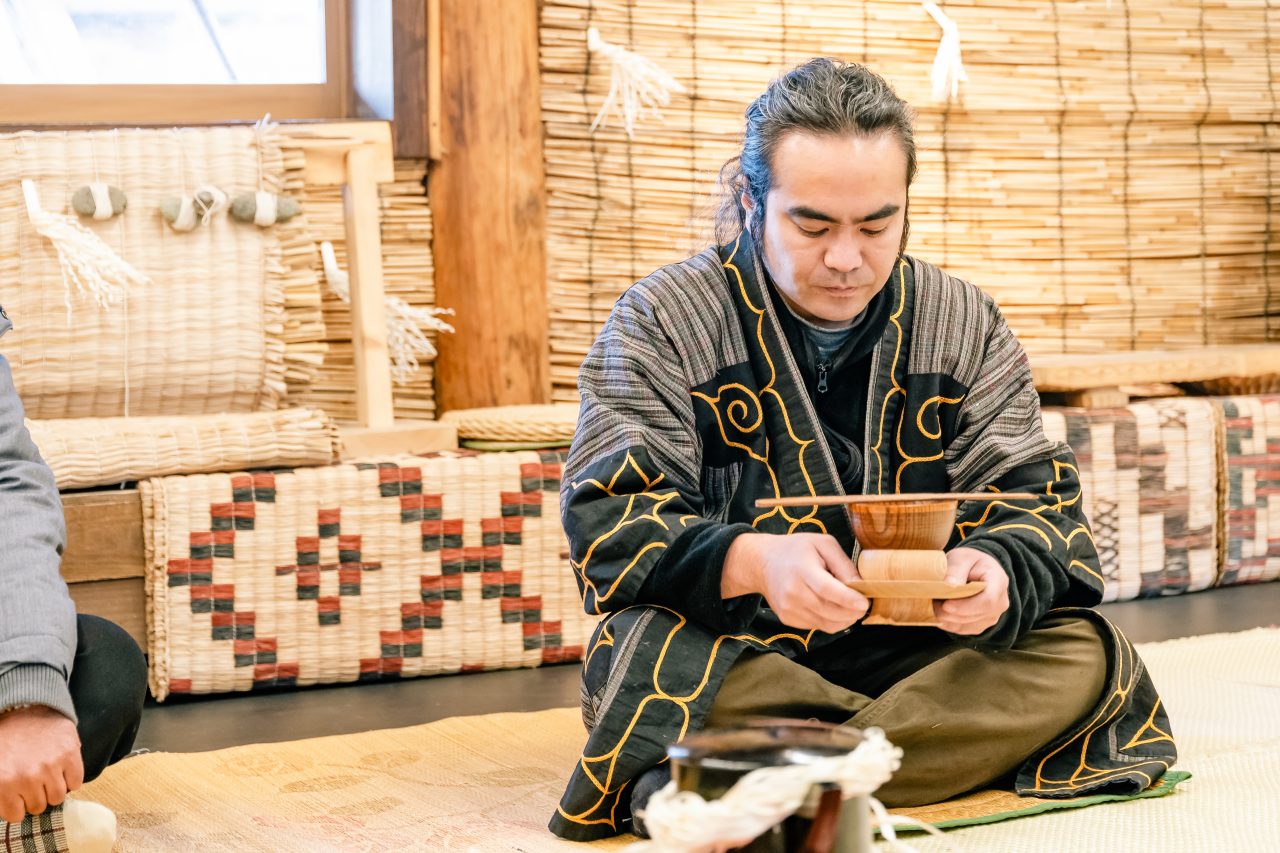
Arts and crafts passed down through generations
The Ainu did not have their own written language, and their history and culture was conveyed from generation to generation orally. They have built a rich artistic and spiritual culture that consists of music, dances, embroidery, and wood carving. This is especially true for the Ainu Kotan of Lake Akan, which has continuously flourished as a center of Ainu arts and crafts.
To the Ainu, song and dance are almost always interconnected. While they serve a variety of purposes such as ritual offerings, entertainment, and imitations of animals, all of them are performed to honor the presence of invisible kamuy.
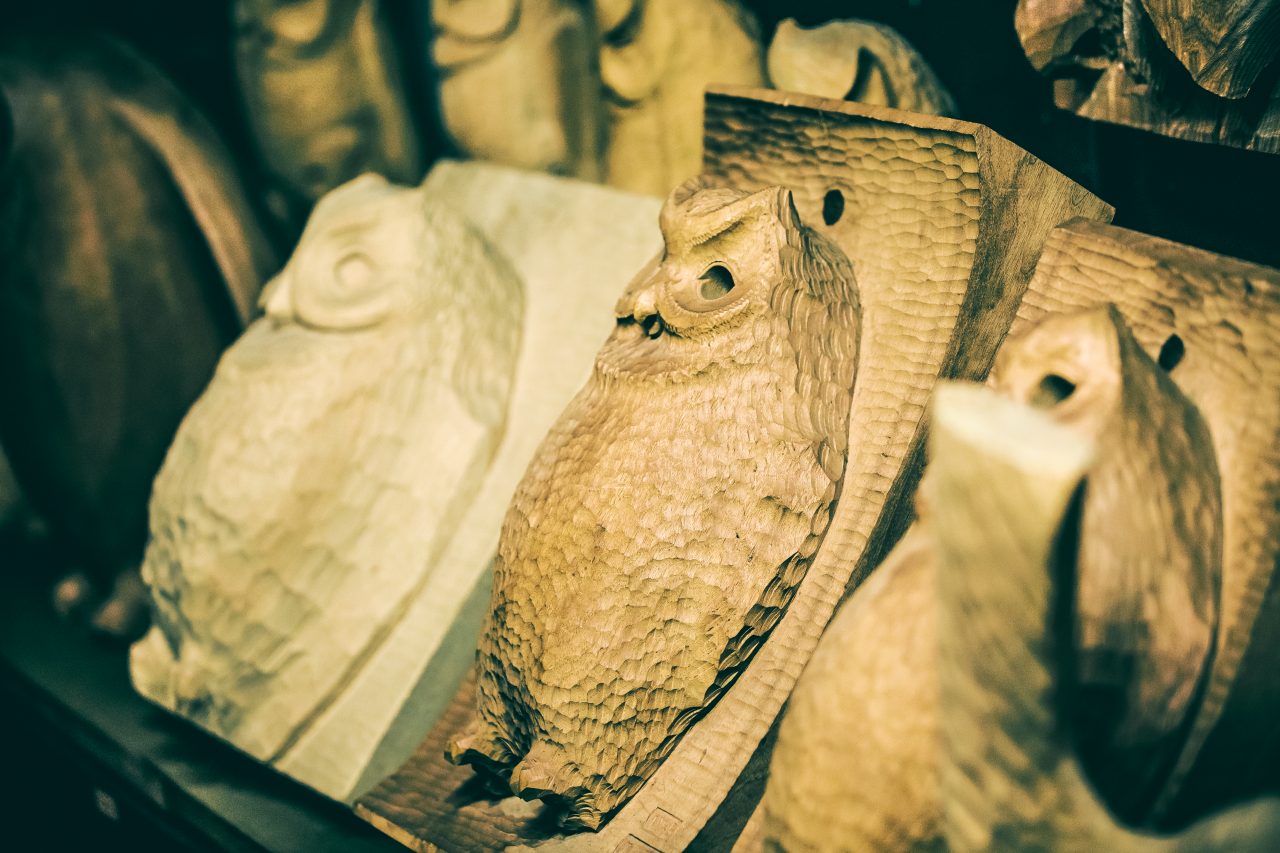
In Ainu embroidery and wood carvings, every stroke of the needle or chisel is performed with the thought of the person for whom it is made. Both Ainu embroidery and wood carvings are made completely by hand, so no item is perfectly symmetrical, but these slight variations are said to give the items a unique beauty and the warmth of a human touch.

The evolving culture of the Akan Ainu
There are various legends to the origin of the name “Akan”. Some say that it comes from the word “akam” (※1) because the lake resembles a circle with several holes (represented by Churui and its other islands). Others say that it was derived from the word “rakan” (dace fish eggs). Another theory suggests that it comes from “akan” (unmoving) because of Mt. Oakan’s unmoving nature even after large earthquakes (※2).
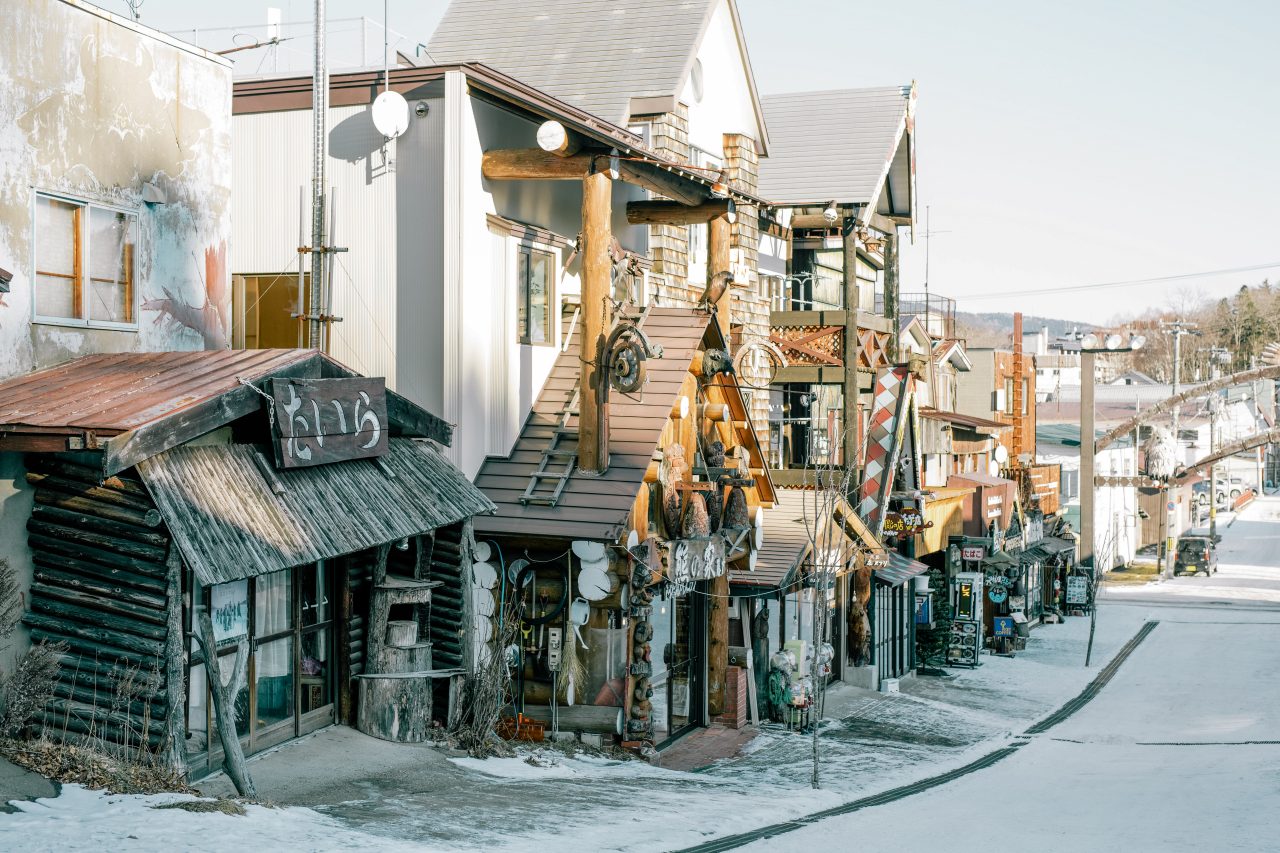
Ainu place names usually give you an idea of the nature, shape, or characteristics of that place. This quality is evocative of the Ainu proverb “Nothing that is sent from heaven is without purpose”. It can be said that for the Ainu, names and expressions serve not just a practical function, but also doubles as a prayer.
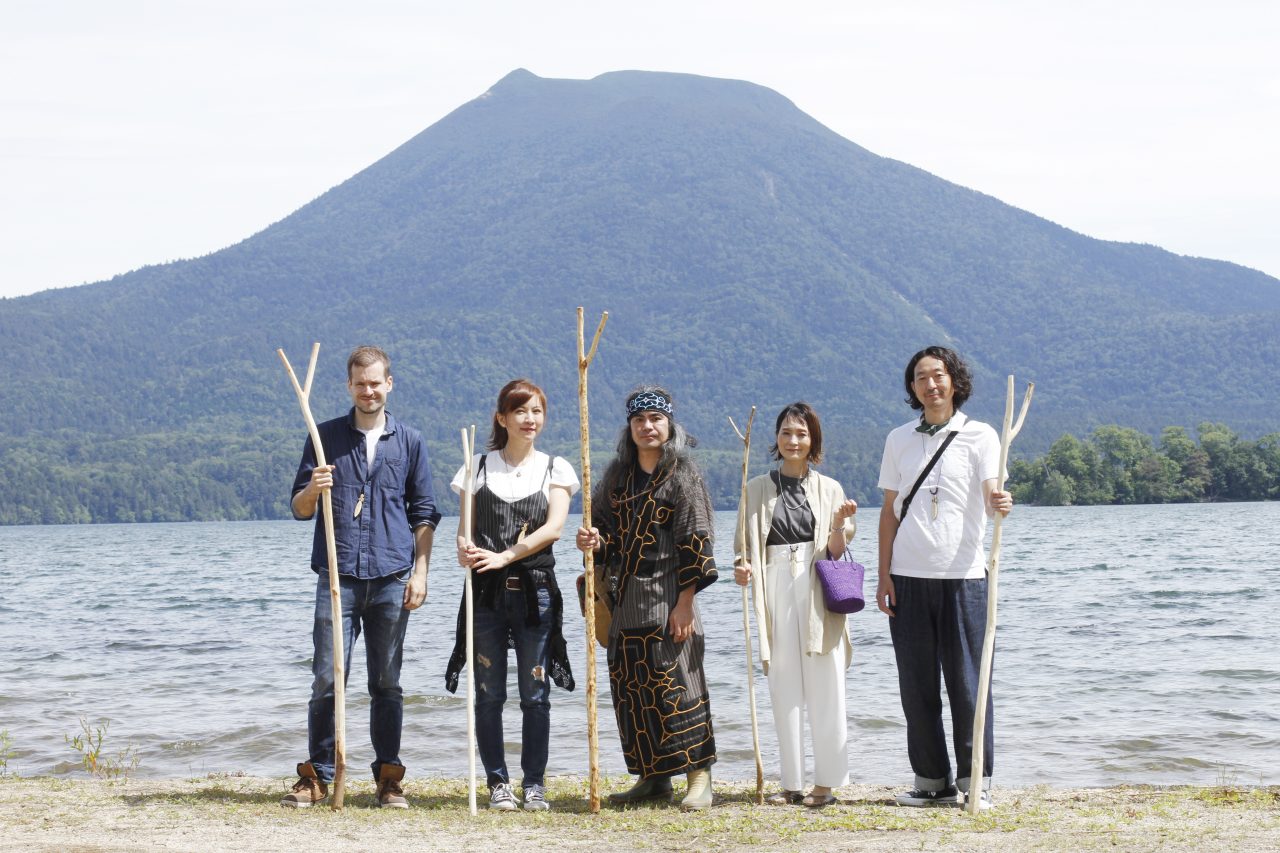
- “Akam” is the name of a dumpling made from the starch of turep (heartleaf lily root), formed and dried into a round shape. “Akam” also stands for “wheel”.
- There are several theories regarding the origin of the word “akan”.
Tour Operator
Akan Ainu Industrial Arts Association
Akan-cho Akanko Onsen 4-chome 7-84, Kushiro-shi, Hokkaido
TEL 0154-67-2727


